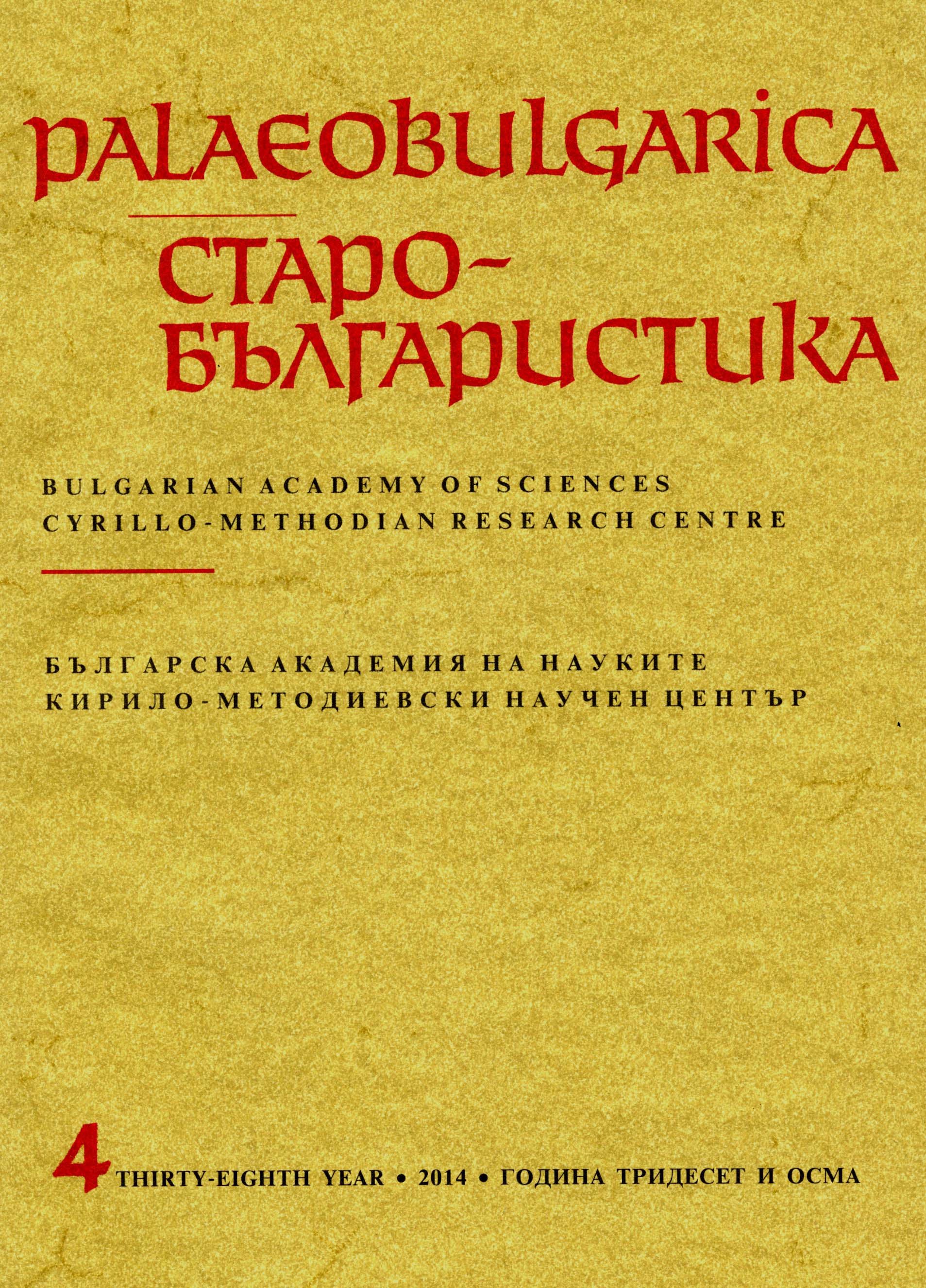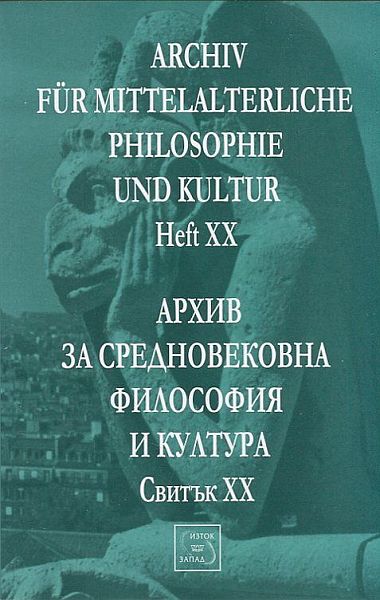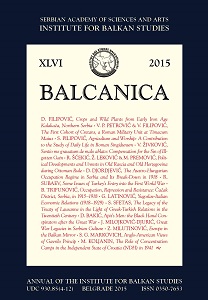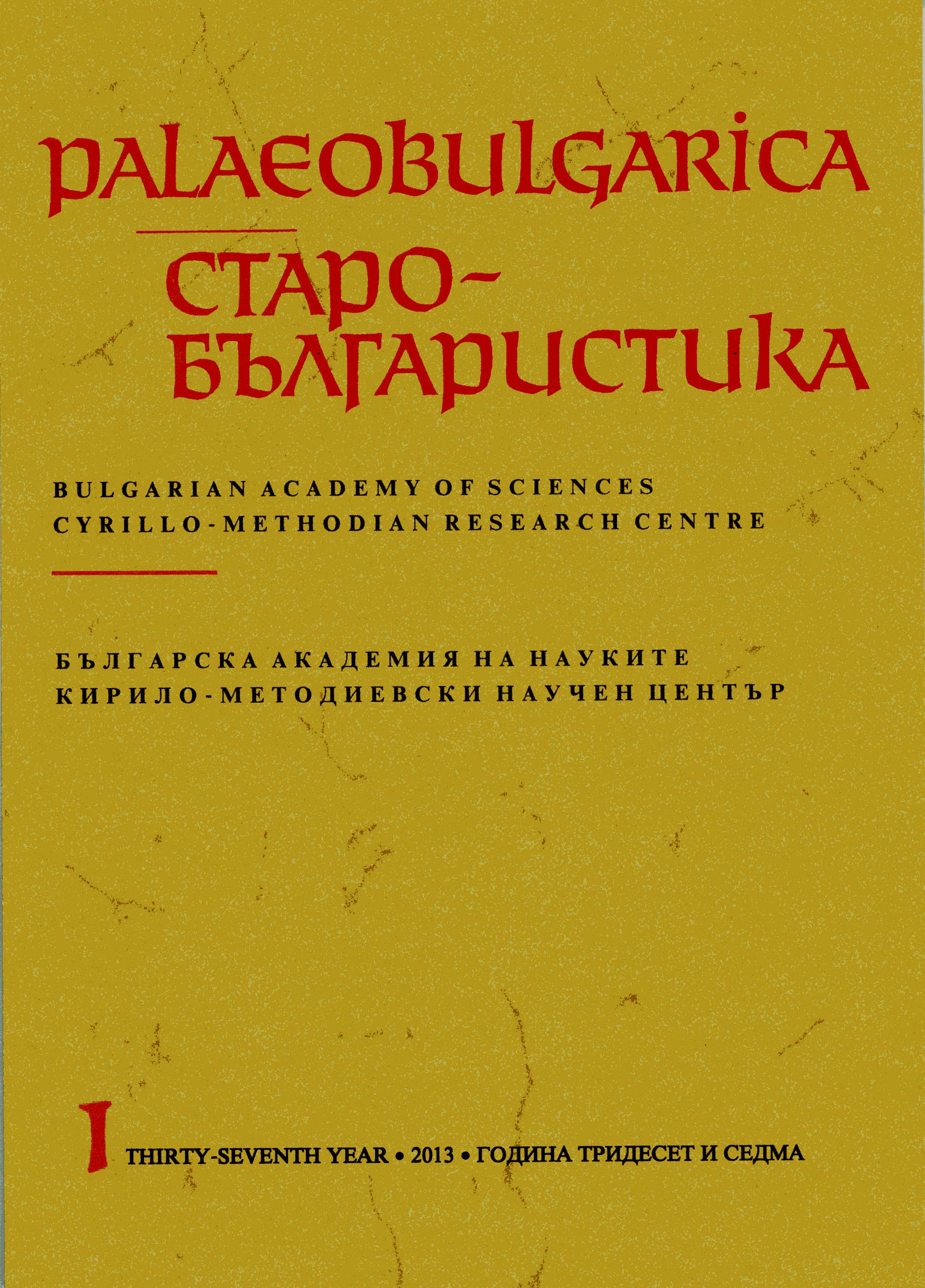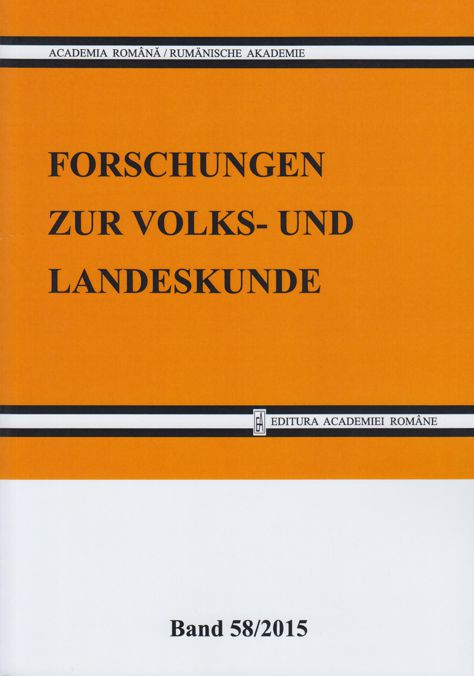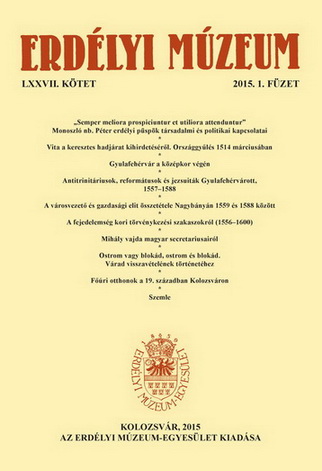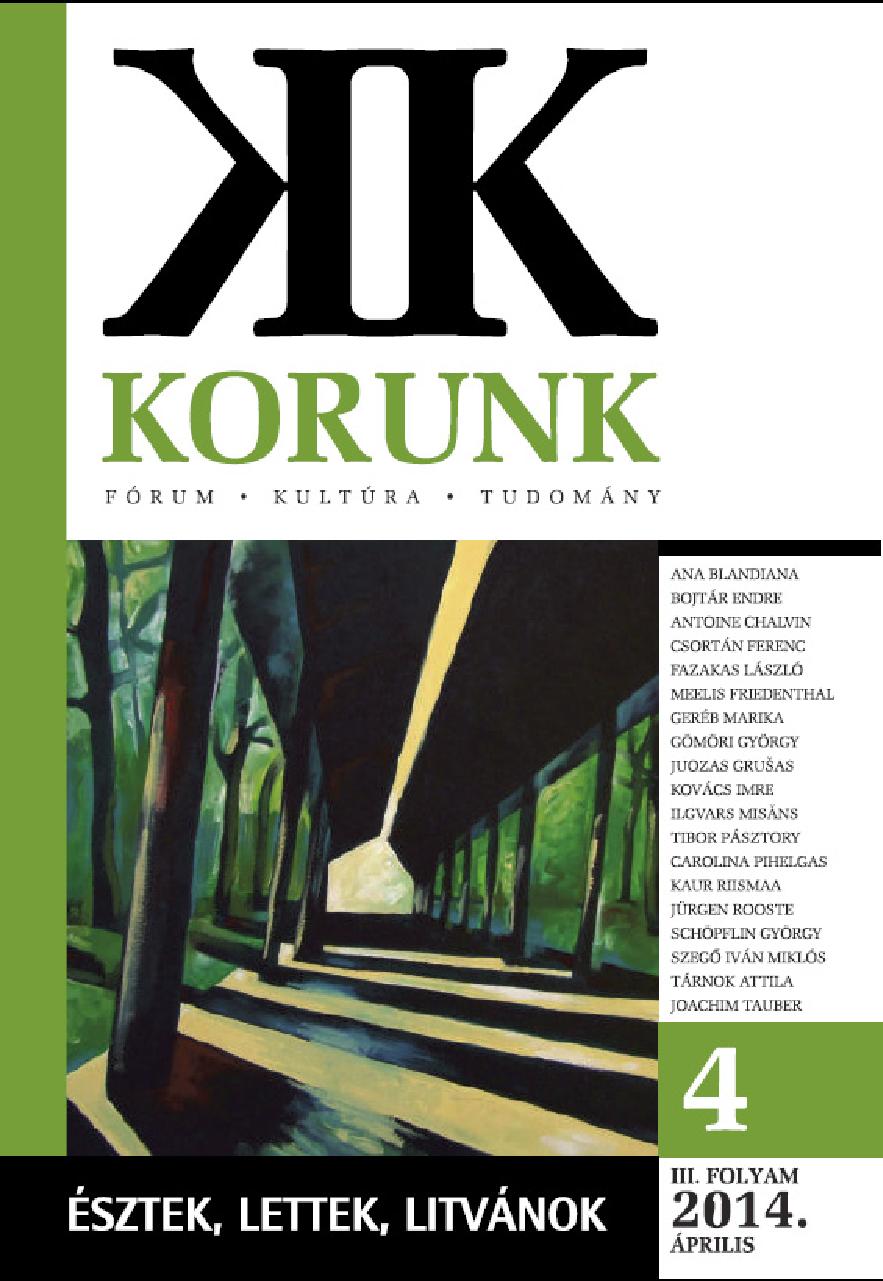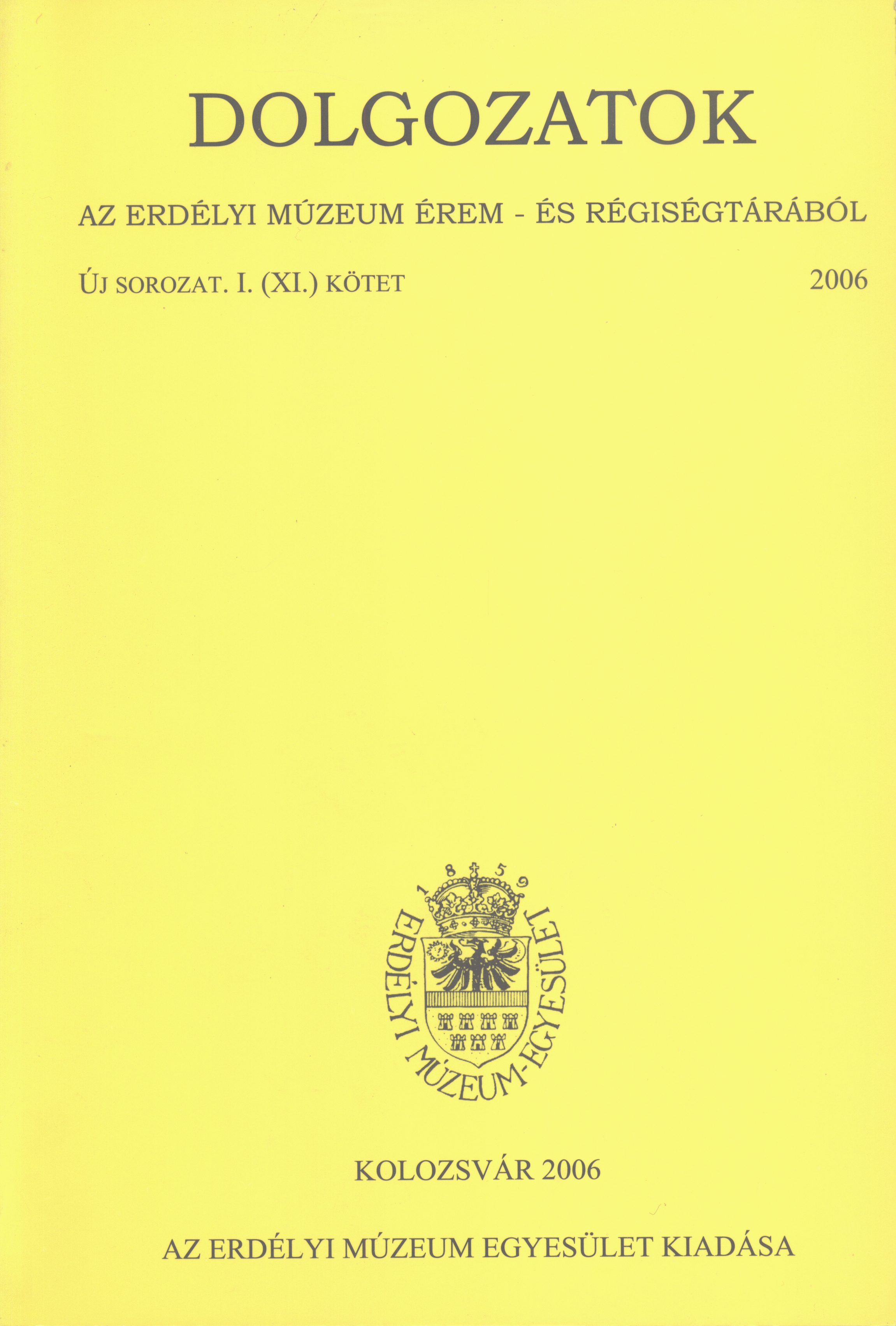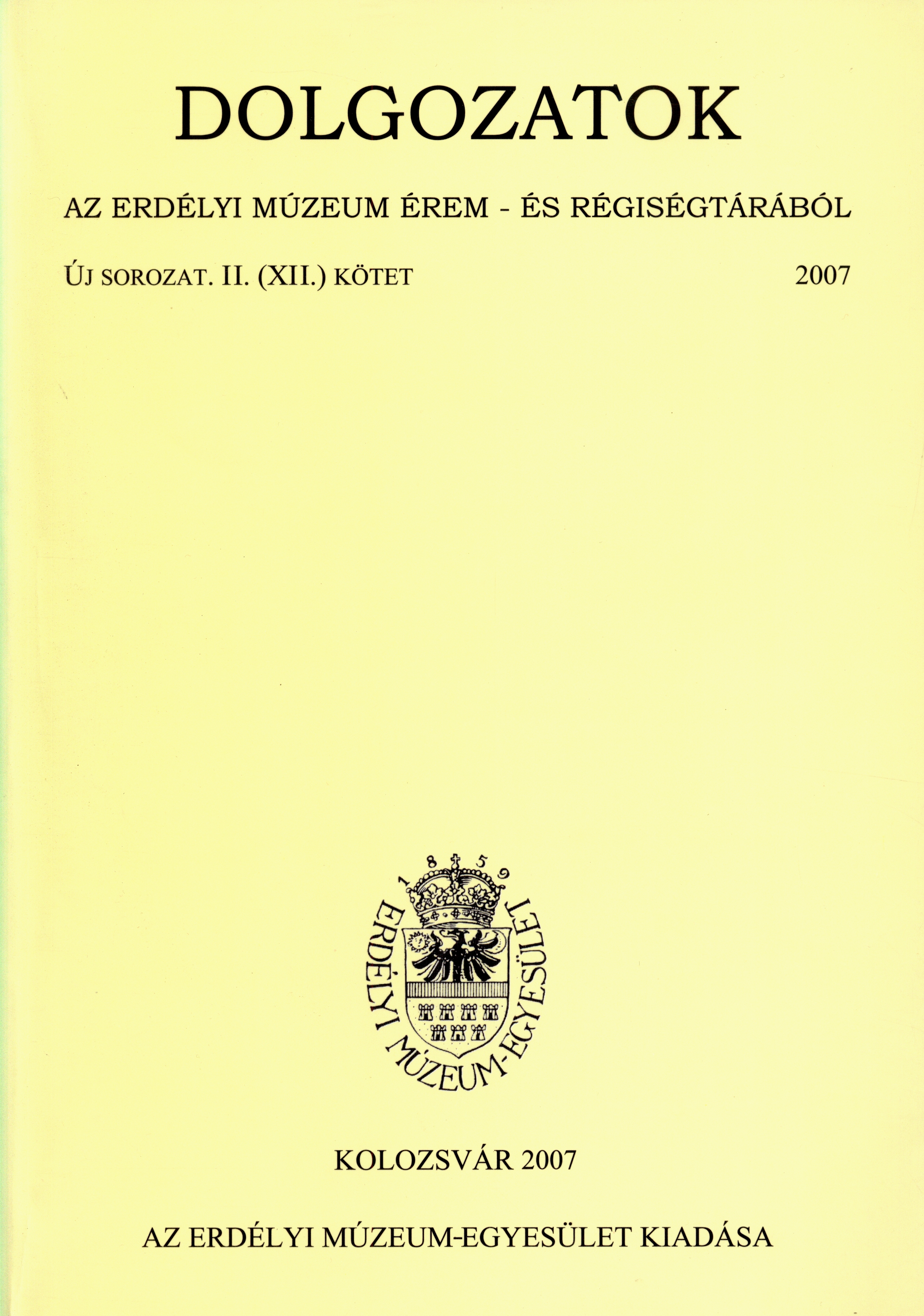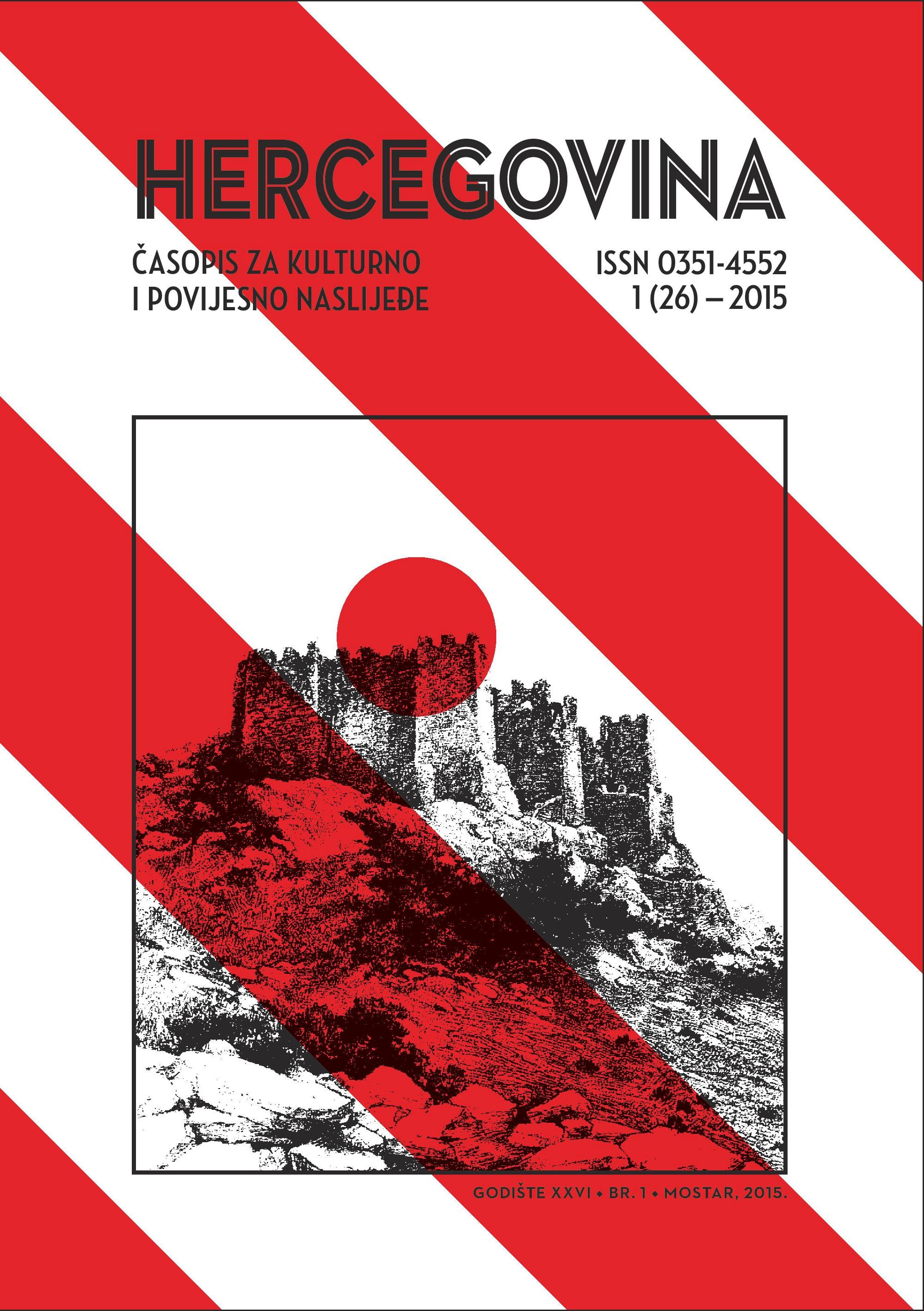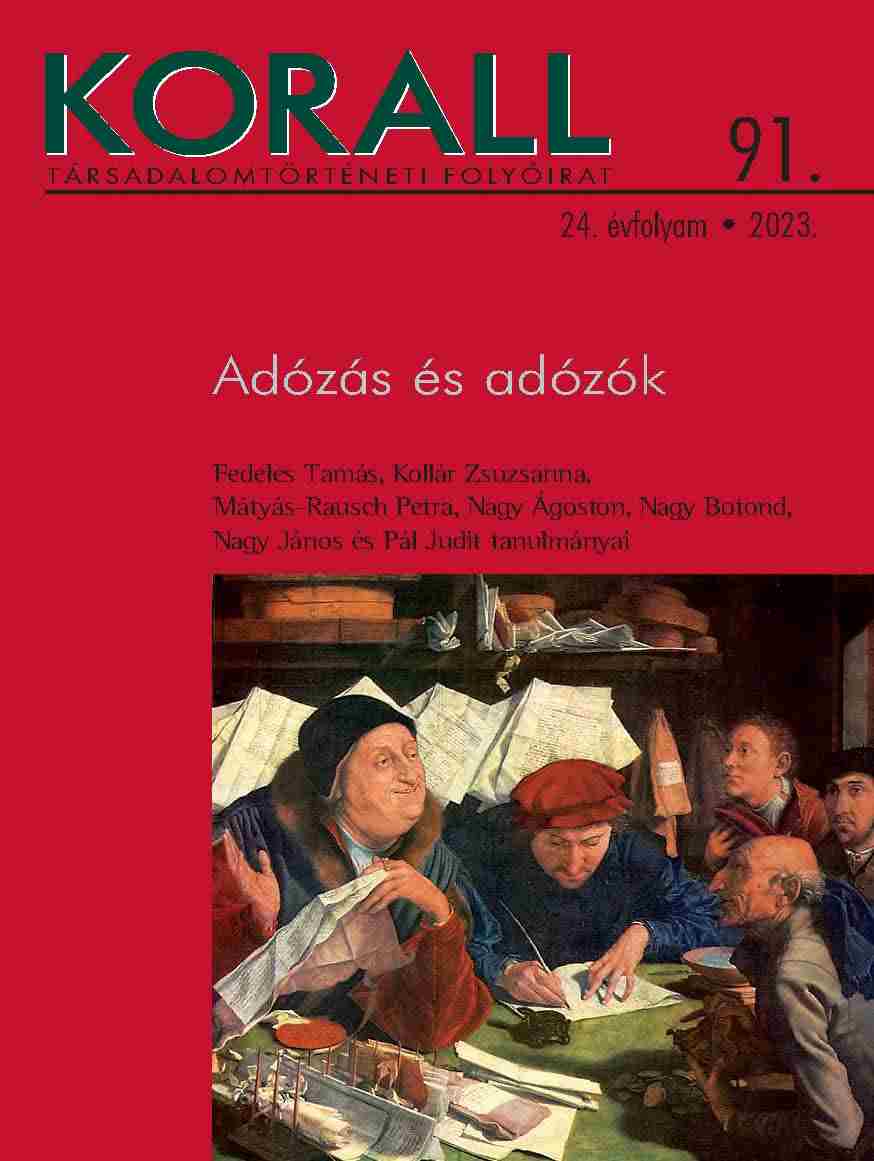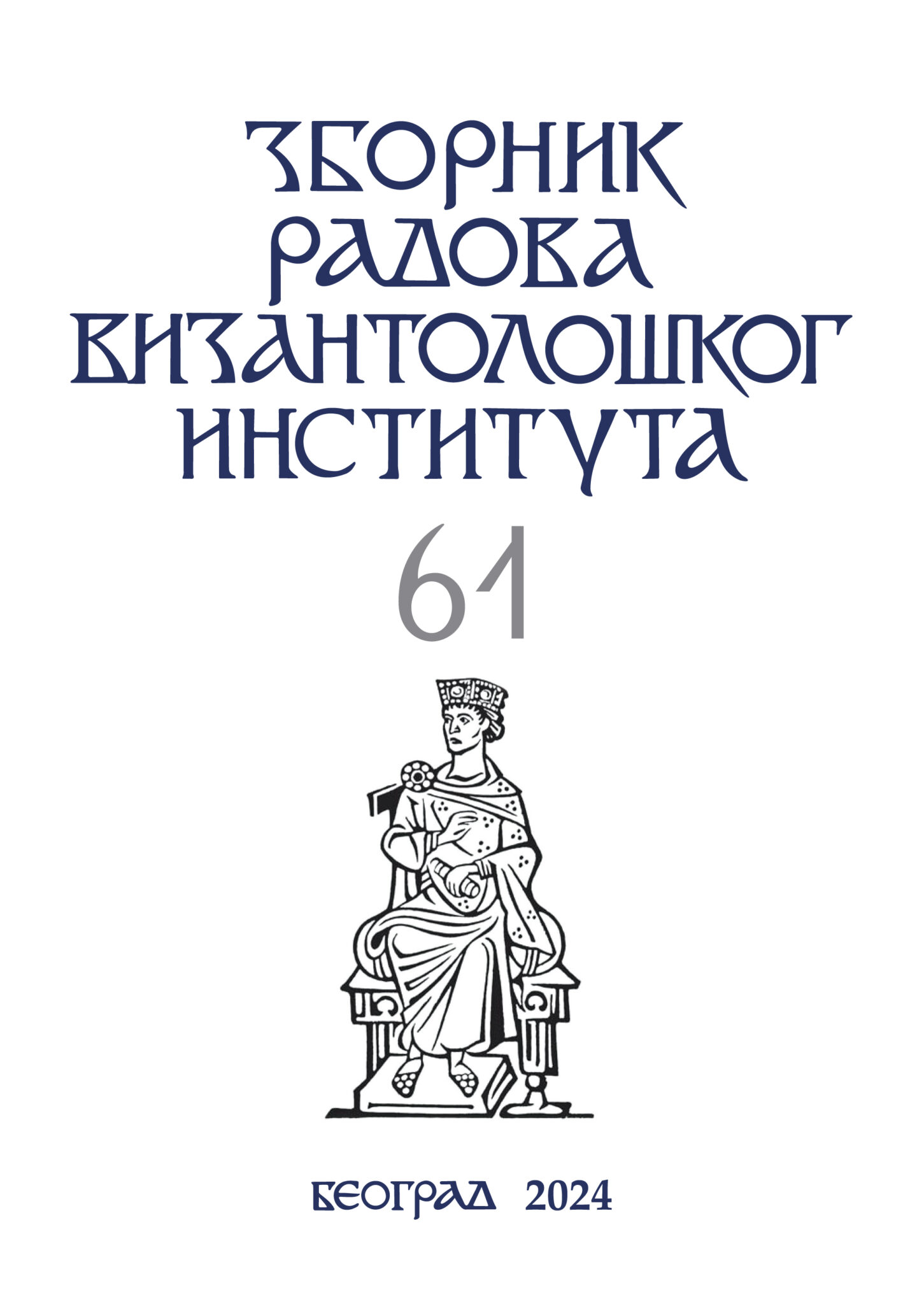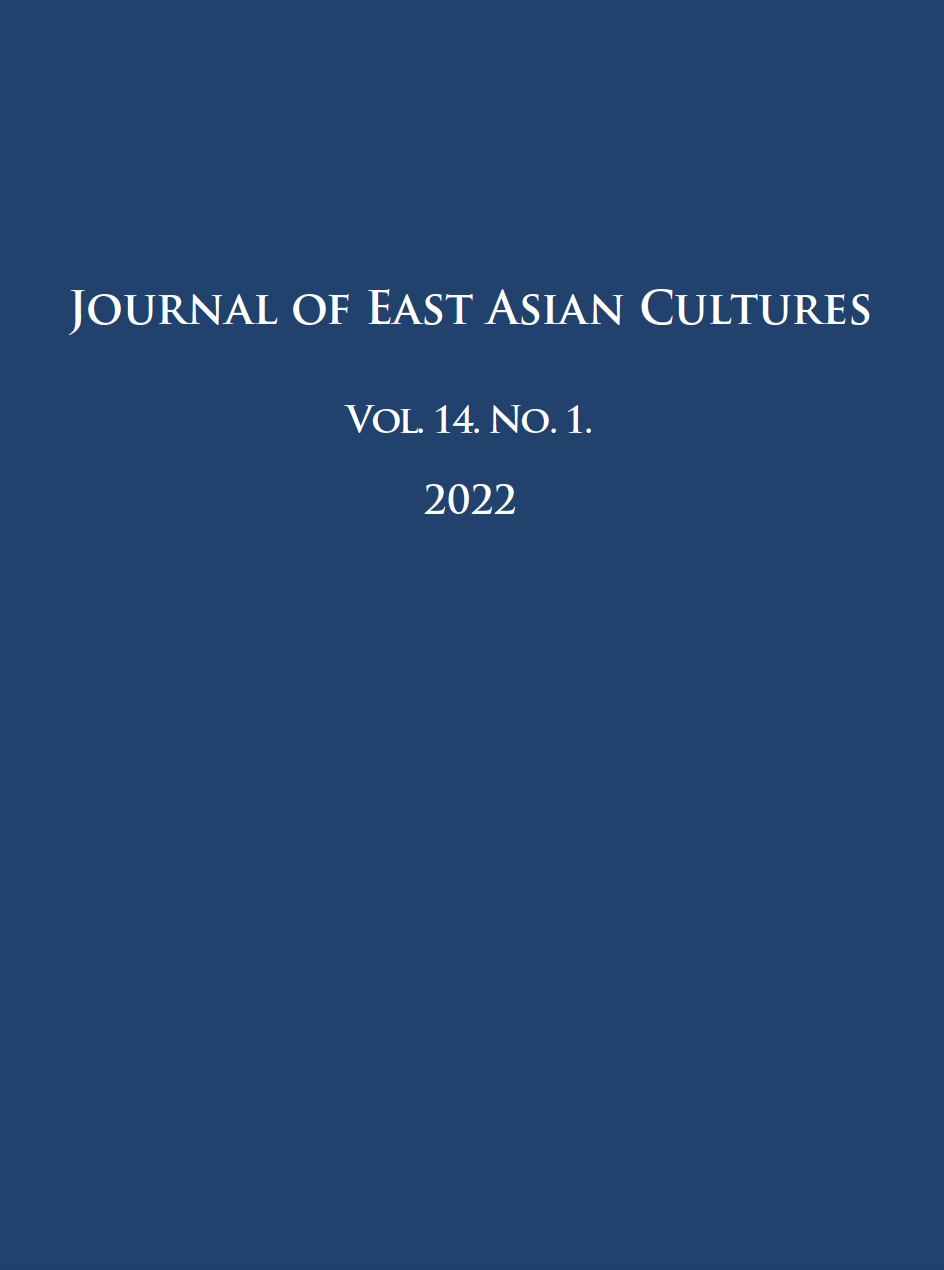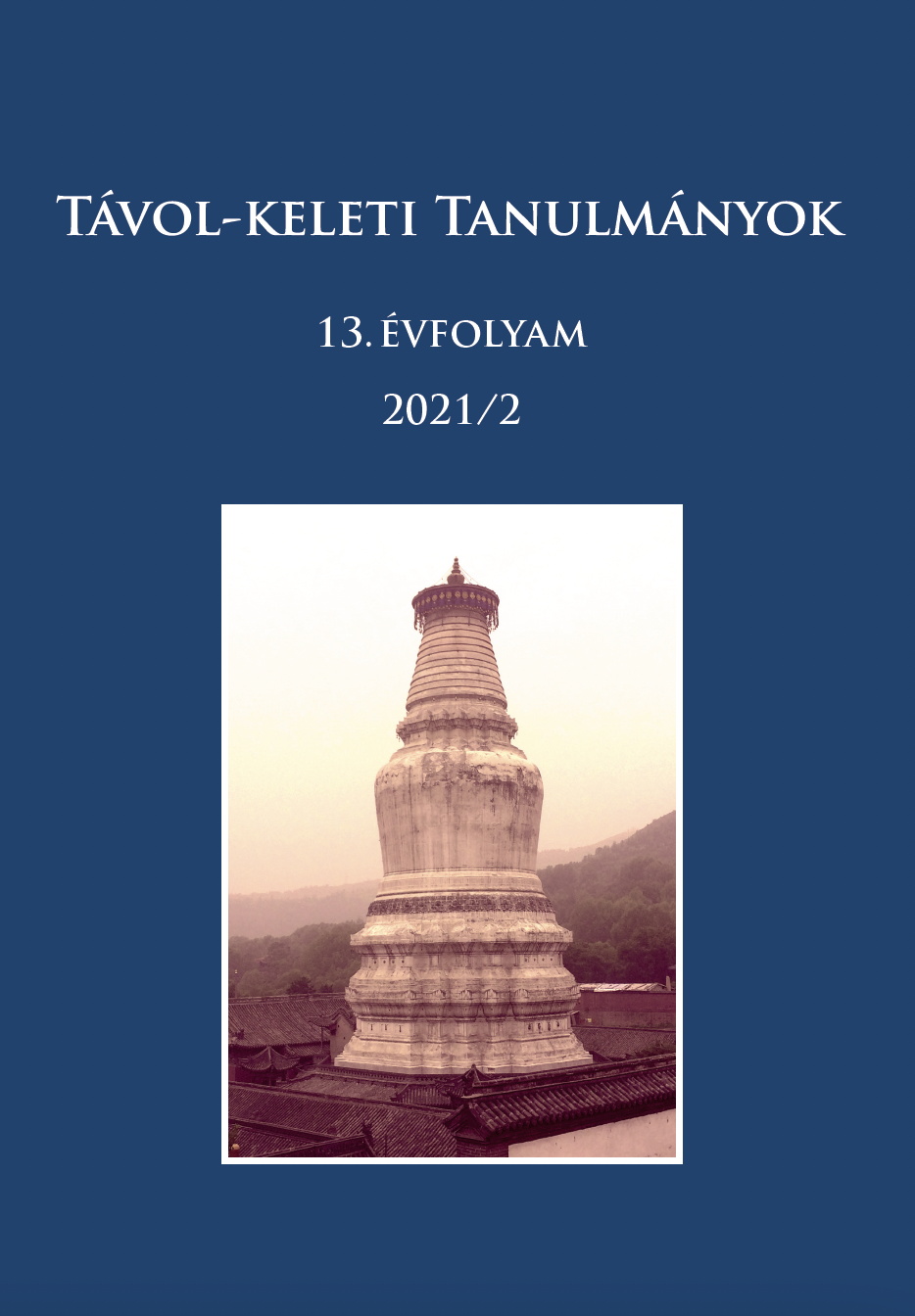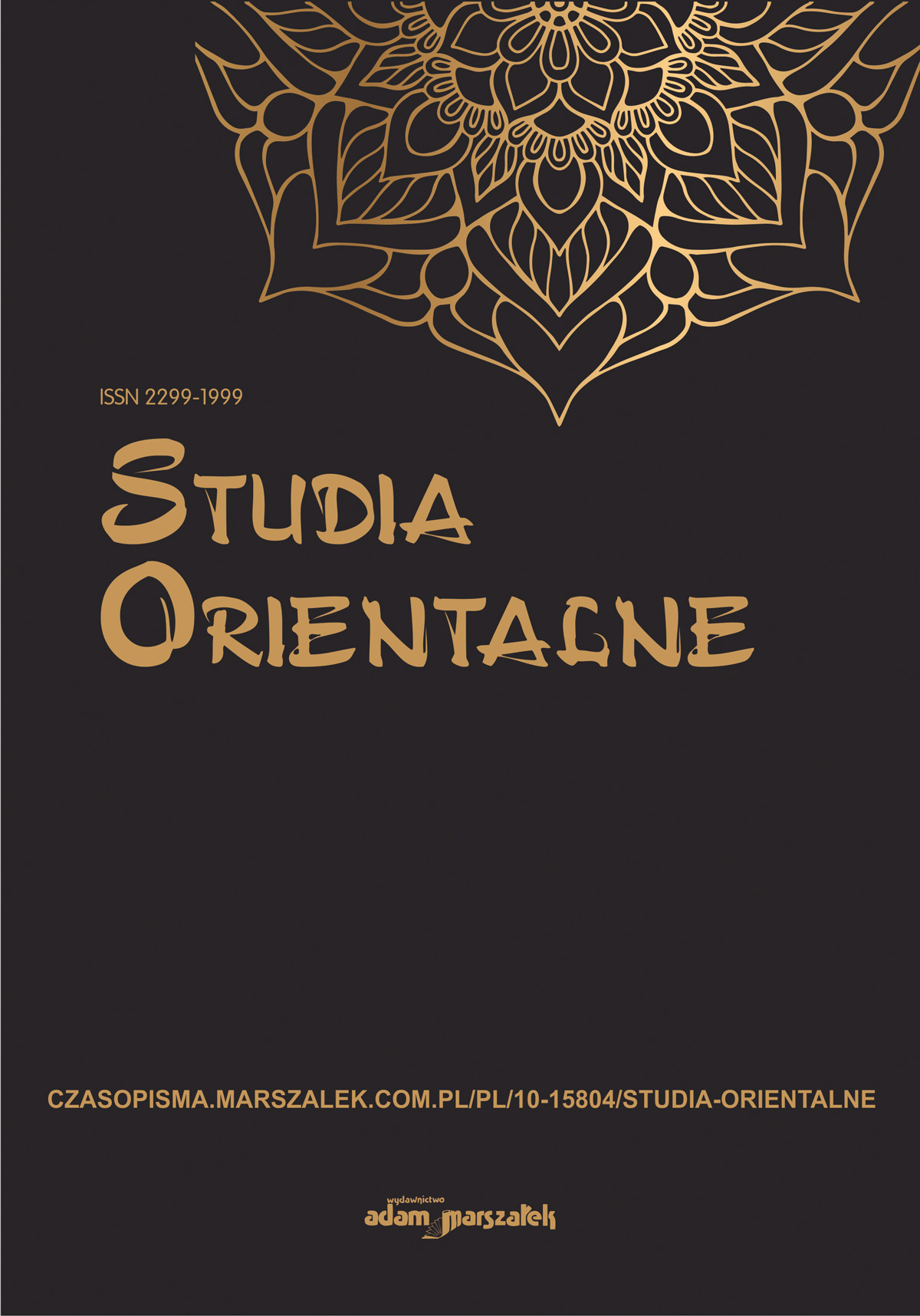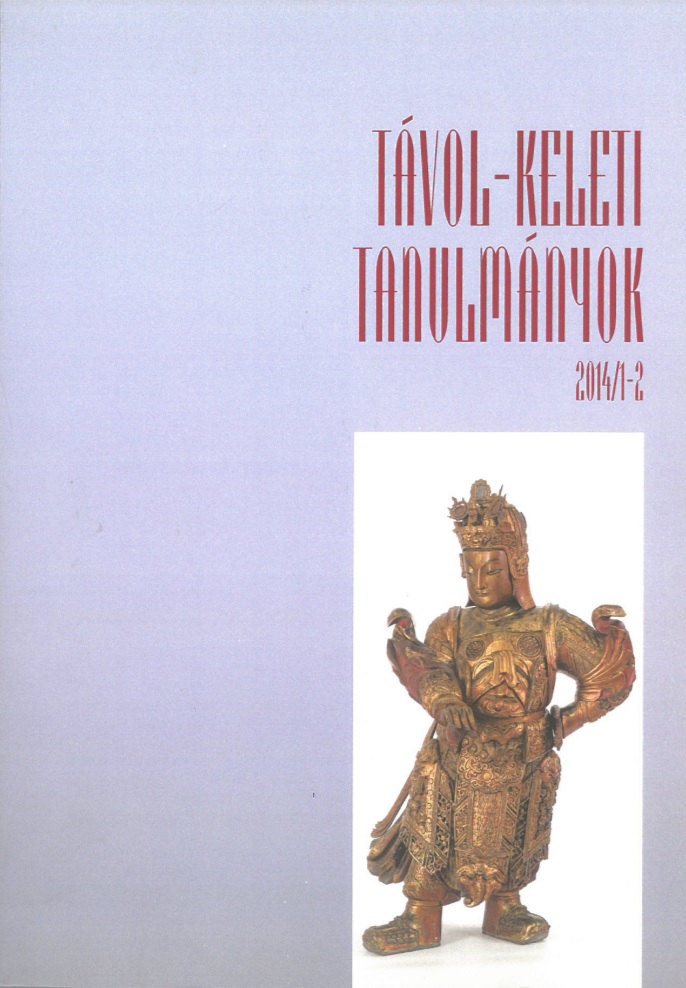Author(s): Tekla Szabó / Language(s): Hungarian
Issue: II/2007
On the medieval walls built in the 19th century church of Unirea (Felvinc) a significant Passion-cycle has been found. The frescoes found on the eastern and the southern walls of the sanctuary - in the area of the gallery supporting the organ - have been conserved between 2002 and 2007. The work will continue in the area beneath the gallery. The upper row of the south wall includes two fragmentary scenes before the Crucifixion: the Flagellation and the Trial of Christ. The Passion-cycle continues in the apex of the eastern wall with a large Crucifixion scene. The 19th century vault of the chancel covers the upper part of the scene. The two scenes of the second row - on either side of a window with the iconic representation of Kosmas and Damian - are the Deposition and the Entombment of Christ. The Resurrection and Anastasis of Christ are represented in the lower row, partly covered by the gallery. The scenes of the post-Resurrection incidents continue on the south wall with the Assumption. An apostle head depiction has been found under the Trial of Christ scene. The masterfully composed fresco full with emotions resembles the sparse compositions of the Middle Byzantine era, which lived throughout and influenced the art of the duecento. This is the heritage of the painters who fled Constantinople after 1204, and who found their new maecenas in the young Balkan and Crusade states, or further in Western Europe. It is interesting to note that at Unirea many depictions merge two scenes of the Holy History. The Deposition of Christ scene supports elements from the Lamentation of Christ, while the Anastasis Christ's victory pose refers more to the Resurrection. A Christ in victory is also represented a Resurrection. The scene blended this Western component with the Byzantine style: an angel points towards the empty grave and supposedly towards the three women, but that scene probably was covered by the 19 century structure. Other scenes prove the circulation of Franciscan patterns widespread in Italian painting from the middle of 13th century. The new images enhancing the sufferings like The Flagellum, the Trial shows the transformation process of the Byzantine imagery for Western use. We also find direct allusions to friars in the representation of the cord-bounded hands of Christ in the scene of the Trial, or the cord legged clothes of the holy personages in the Anastasis scene. The technique used is secco-fresco with sepia. The giornates follows the frame of the scenes. Considering the wall paintings, one can recognize the characteristics of the "Italo-Byzantine style". The figures with red haloes tend to fill out the red frames of the scenes. In the space between them, western architectural patterns were inserted. The "horror vacui" is proved by the preference for the numerous decorative patterns, mostly painted al secco. The almost sculptural forms of the figures are painted with different saturations of the same colours, creating a chiaroscuro effect. On the frescoes left, one can identify three masters. One of them, who painted mainly the women side figures and the medical saints, had also the characteristics of the "Linear Gothic Style". The interference of the two styles can be observed also at Cecejovce, Cserkút and Sânta Măria Orlea. Both styles have Byzantine features, but it appears that one should not necessarily search for a direct influence of either style. The discovery of the Unirea frescoes helped to reconsider the importance of the Italo-Byzantine style at the beginning of 14th century. Together with other new discoveries (Văleni de Mureş, Crăciunel) and the reanalysis of the ones which were already known (Sântimru, Cricău, Cecejovce, Cserkút,) the circle of the Italo-Byzantine wall paintings (mostly Sânta Măria Orlea, Spisská Kapitula, Dravce, Ghelniţa) became wider. One can find common features in almost all works of the style circle, but the Unirea fresco is closest to the fresco of Sântimbru, Criău and Sânta Măria Orlea. This is due to the relatively common painting technique and the common source of the iconography. The diversity and the high quality of both styles and composition are raising the question of a possible local mixing of styles.
More...
